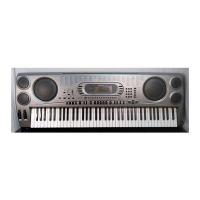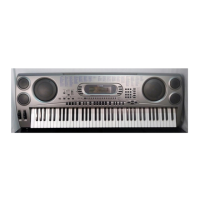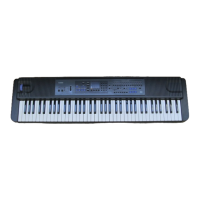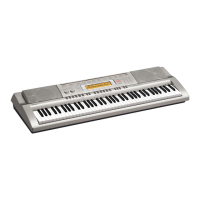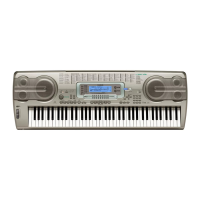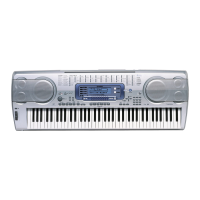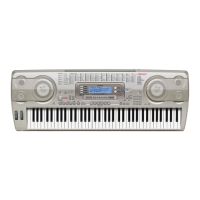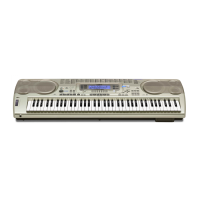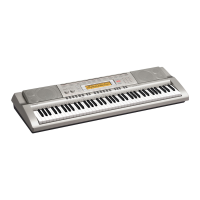What to do if no sound is produced when playing MIDI data from a computer on my Casio Electronic Keyboard?
- MMr. John SnyderJul 26, 2025
If no sound comes out when playing MIDI data from a computer, first, ensure that the MIDI cables are correctly connected. If the connections are correct, use the Mixer to turn the channel on or raise the volume or expression setting.
